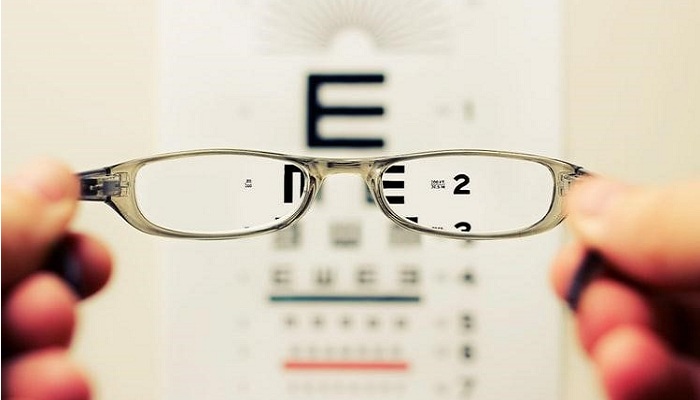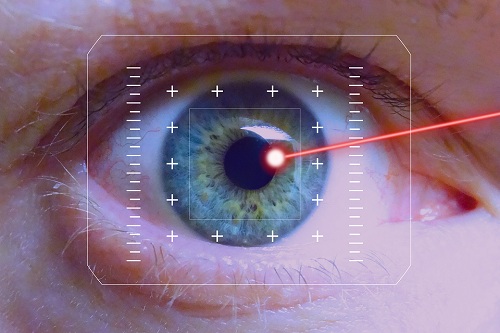For certain individuals, wearing contacts and glasses can be inconvenient and can have a detrimental impact on their active lifestyles. In a more lasting way, many people want to take care of their vision. Eye surgery can also be a feasible choice if the eyes suffer refractive errors such as nearsightedness, farsightedness, and astigmatism. To boost your eyesight, most refractive surgical operations, usually done by an ophthalmologist, change the curvature of your cornea.
There are several types of operations for vision correction. Most operations work to reshape the cornea so that the retina can be concentrated on light passing through it. The lens of the eye is replaced by other surgery. Not everybody is a good surgery candidate, and your eye doctor will assess your eyes and wellbeing to recommend which of the procedures available could be right for you, as others may fit in laser eye surgery and others not. Here are the various forms of corrective surgery, what they are improving, and how they are performing.
LASIK
LASIK is short for laser-assisted in situ keratomileusis and is the most advanced and most widely performed refractive surgery. For people who want improved vision without having to wear contact lenses or glasses, it’s a process. That’s a surgery that addresses issues with the way your eyes concentrate. To extract tissue under the surface of your cornea, the treatment uses a laser. This makes the cornea reshape. Nearsightedness, farsightedness, or astigmatism can be corrected by LASIK. If you’re considering LASIK, consulting with experienced LASIK surgeons in Manhattan can help ensure the best possible results.
You must usually be in good health, not be pregnant, and have clear eyes with a sufficiently thick cornea to be a good candidate for LASIK. Other LASIK criteria include pupils who are not too large, a prescription for a corrective lens within a certain range, and at least a year of stable vision. LASIK is an outpatient procedure, meaning a hospital stay is not necessary. Both eyes require about 30 minutes to do so. Within a day of surgery, you’ll see progress in your vision, and maybe right away. A day or two of eye discomfort can be encountered.
Lens Replacement Surgery
Cataracts grow over your eye’s lens, leaving it cloudy. This makes it fuzzy and dull for your eyes. As humans age, cataracts are normal. Lens Replacement Surgery, also known as cataract surgery, is now considered as an operation for vision correction. In addition to correcting near sight and farsightedness, new lens implants designed for cataract surgery will partially restore the close vision of a person. These lenses, called multifocal IOLs or accommodating IOLs, are currently being used with positive results by several cataract surgeons. Toric IOLs that correct astigmatism can also be used to further minimize the need for eyeglasses after the removal of cataracts during cataract surgery.
This surgery is an outpatient procedure, as well. Usually, in less than an hour, surgery can correct your eye issue. Your vision will be fuzzy at first, but in a few days, it will improve. As they recover, your eyes can feel uncomfortable and itchy.
Photorefractive Keratectomy
PRK was the first effective laser vision correction technique used to modify the curvature of the cornea by extracting tissue directly from the surface of the eye. Nearsightedness, farsightedness, and astigmatism are all corrected, meaning you don’t need contact lenses or glasses. A laser is used by the doctor to remove cells on the surface of the cornea. Since PRK is a surface operation, surgical flap complications are also not at risk. As happens with LASIK, it does not require forming a small, hinged flap on the surface of the eye. In cases where a person’s cornea may be too thin for LASIK surgery, PRK often tends to be a safer treatment.
In your doctor’s office, you’ll probably have this treatment. The operation for both eyes takes about 10 minutes. Since your doctor works directly on the corneal surface, some of your eyes may get hurt after surgery. For a couple of weeks, you may not be able to drive. The vision of most people improves in four weeks by 80 percent and after 12 weeks by 95 percent.
Refractive Lens Exchange
This is another non-laser treatment for the inner eye. RLE is just like surgery for cataracts. But RLE involves removing a transparent natural lens and replacing it with an artificial lens of a different shape, typically to minimize or remove elevated degrees of farsightedness, instead of removing the natural lens of the eye that has become cloudy due to cataract formation. RLE may also be seen as an alternative to fix other kinds of issues with vision, such as nearsightedness. But, compared with other vision correction treatments, RLE has a greater chance of complications. Usually, RLE is used for these purposes only in cases with serious vision correction needs.
Glaucoma Surgery
Glaucoma results from damage to the optic nerve of the retina. The usual cause is an accumulation of pressure in the eye. Blindness may be caused by glaucoma. Glaucoma can be treated by two forms of surgery. Both help to reduce eye pressure. Glaucoma laser surgery is an outpatient operation, so once it’s over, you can go home. Afterward, you may feel some pain or experience fuzzy vision.
But the next day, you will go back to your normal activities. Conventional glaucoma surgery is the other option. If the laser procedure is not effective, you could need this. This is an outpatient treatment as well. But afterward, your eyes can water or look red. And it’s going to be about a week before you can go back to your normal activities.
Diabetic Retinopathy Surgery
If you have diabetes and your blood sugar isn’t under control, diabetic retinopathy can develop. Blood vessels, like the ones in your eyes, can be impaired by elevated blood sugar levels. This allows fluid and blood to spill through the retina via the blood vessels. One treatment is performed in the doctor’s office for this. A laser can be used by the eye surgeon to decrease swelling in your eye and stimulate new development of blood vessels. The surgery also helps stop leaks in potential blood vessels.
There are complications to all surgery, and those of refractive surgery include eye inflammation and pain, corneal scarring, dry eyes, distorted vision, glare issues, or seeing halos around lights and loss of vision. It’s also likely that your vision can be overcorrected or undercorrected by surgery or that changes do not last. If you are considering eye surgery to fix refractive mistakes, make sure you understand the risks and benefits.



















